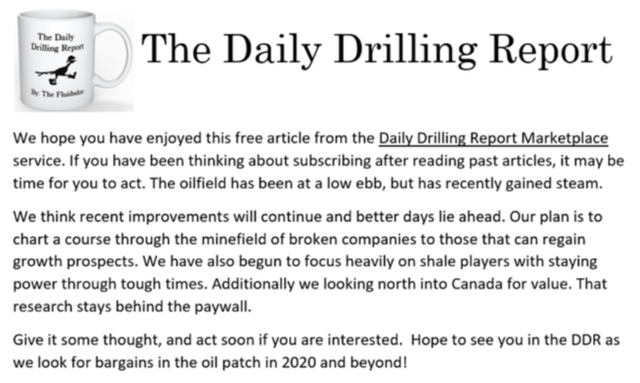Introduction
BP (NYSE:BP) lost $16.8 bn in the second quarter largely due to $11.8 bn non-cash asset write-downs and poorer realizations for oil and gas, along with reduced margins in refining and chemicals. It was a virtual tour de force of a dismal quarterly read-out, and capped it off with a ~60% reduction in its quarterly dividend payout. Let's be fair. BP has a lot of company in this situation. What was a bit galling was the commentary from senior executives that attended the financial readout.
Did these highly-paid senior executives hang their heads and vow to do better and offer up a specific road map for doing so? Not really. Much of the senior executive commentary avoided direct engagement with current results, and dealt with the "pivot," away from petroleum toward renewable forms of energy.
Helge Lund, BP Board Chairman, commented:
The strategy we announced today has benefited from extensive dialogue with our shareholders. It will change BP from an international oil company to an integrated energy company focused on delivering solutions for our customers and made a necessary step in support of BP’s purpose and ambition.
Hmmm, I was a shareholder at the time. I don't remember Helge dialoguing with me... did any of you get a call from Helge? No matter! Moving on.
In this article we will discuss BP's pivot toward renewables and one aspect in particular, wind energy, where they made a sizable investment in a nascent project along the Atlantic coast. We do not believe the company is investible even at its current price, and that investors should take a long look before taking current BP management on faith.
Note: A more detailed version of this article appeared in the Daily Drilling Report last month.
The investment thesis for BP
My contention is
